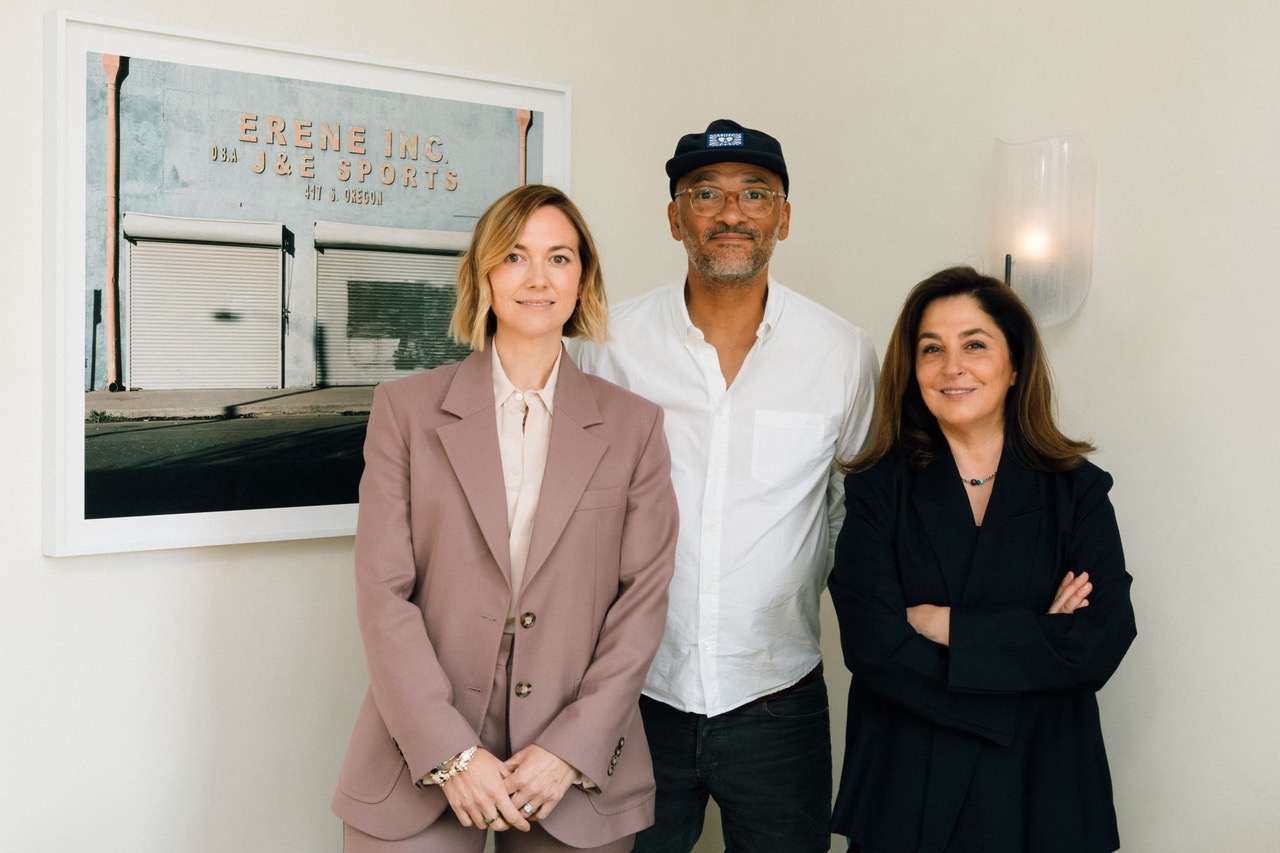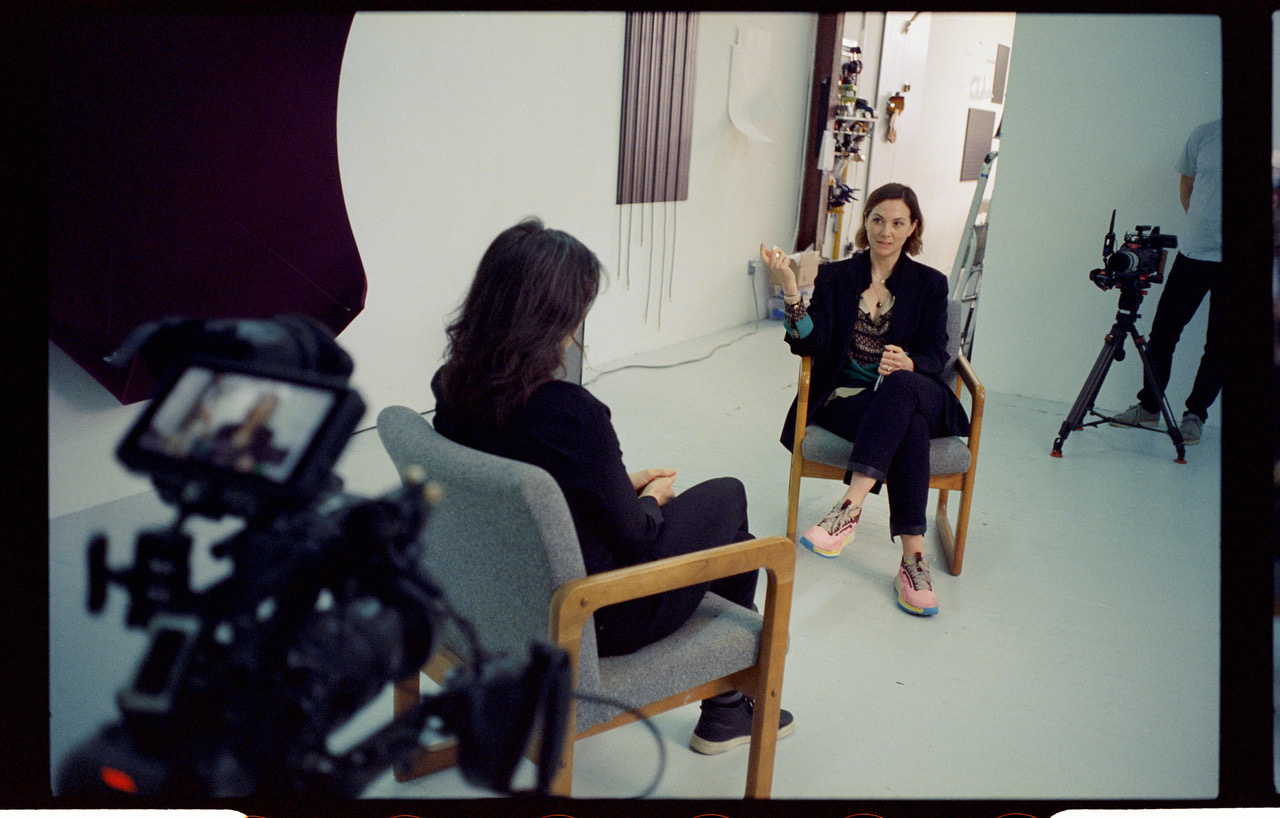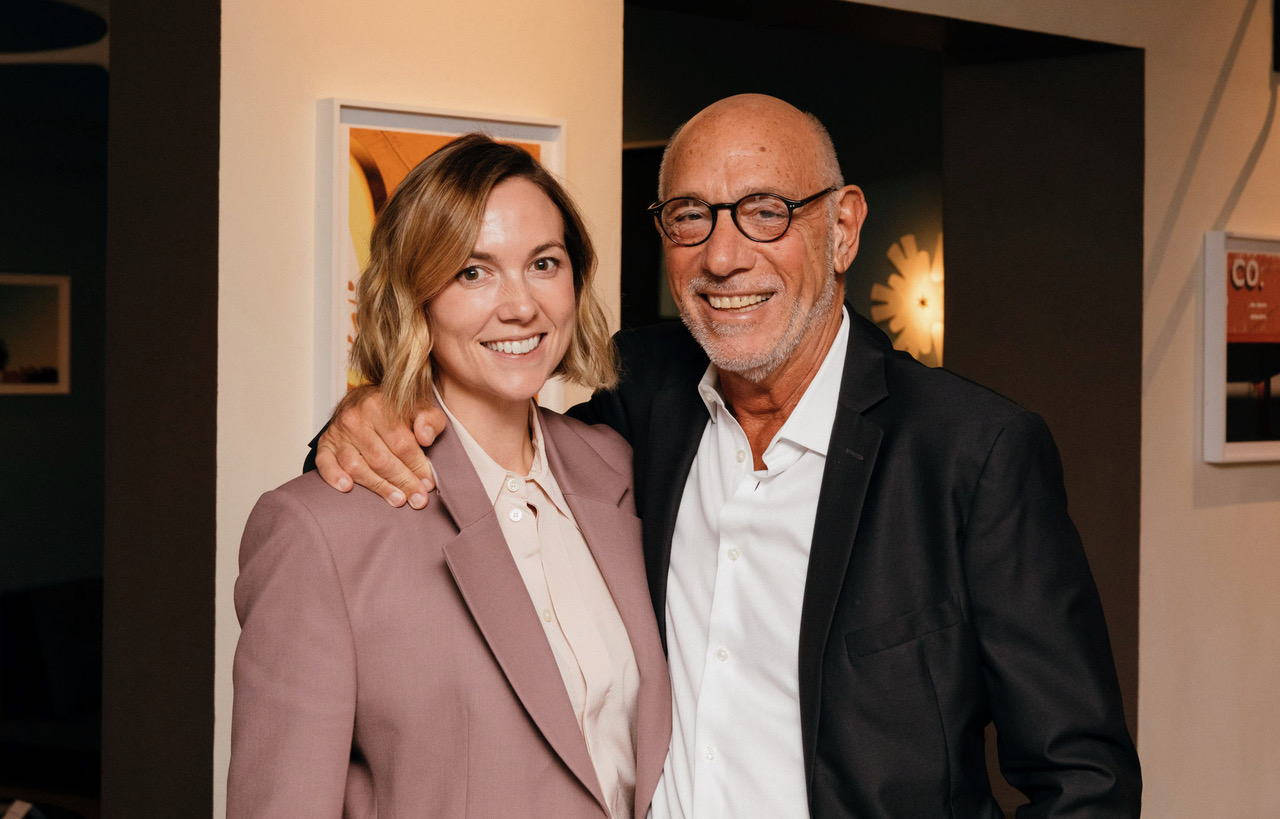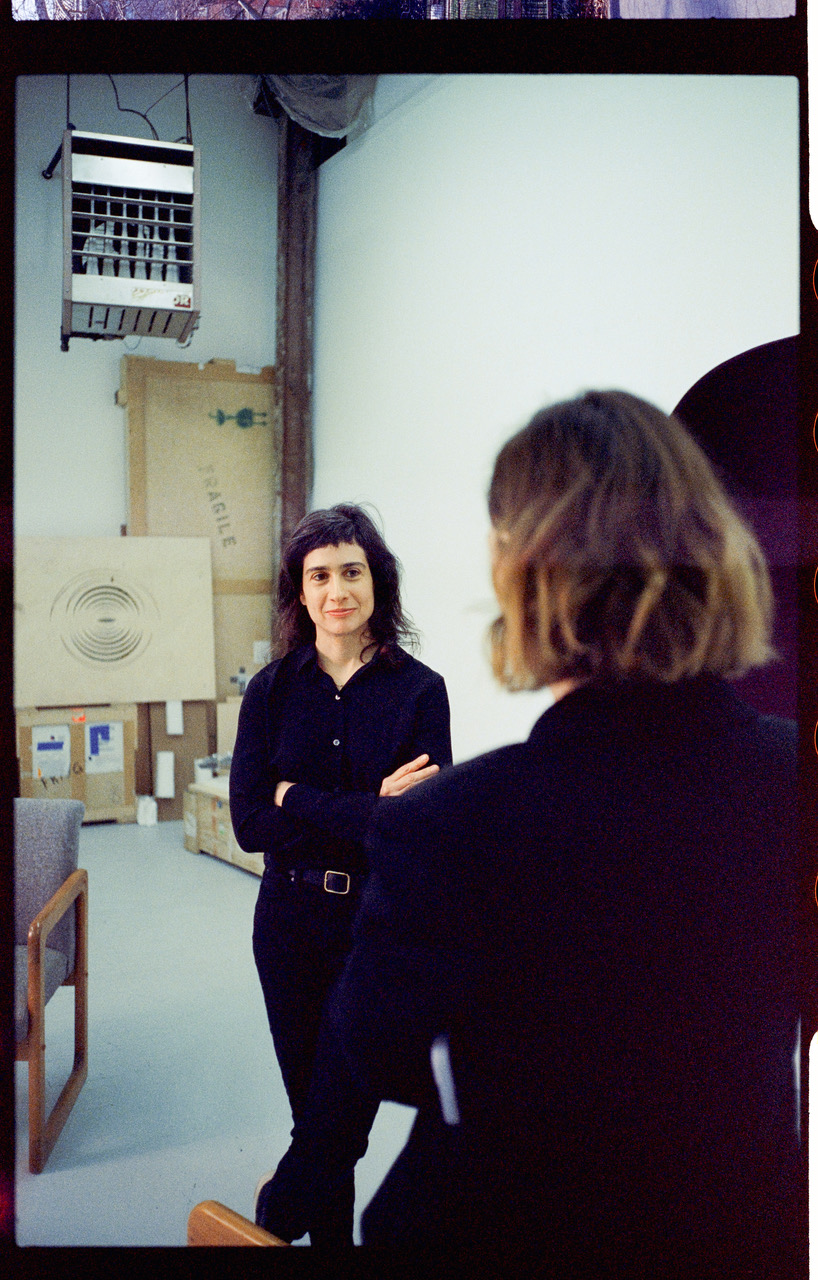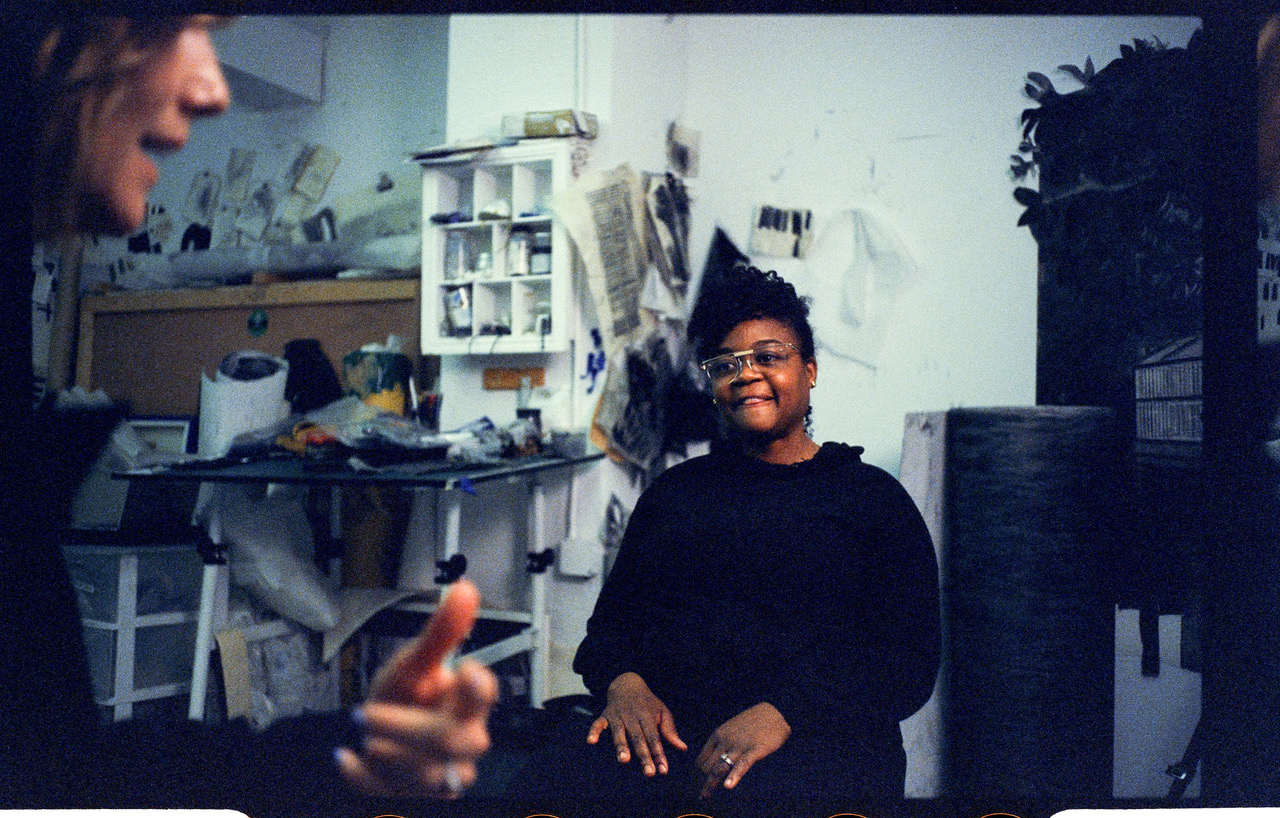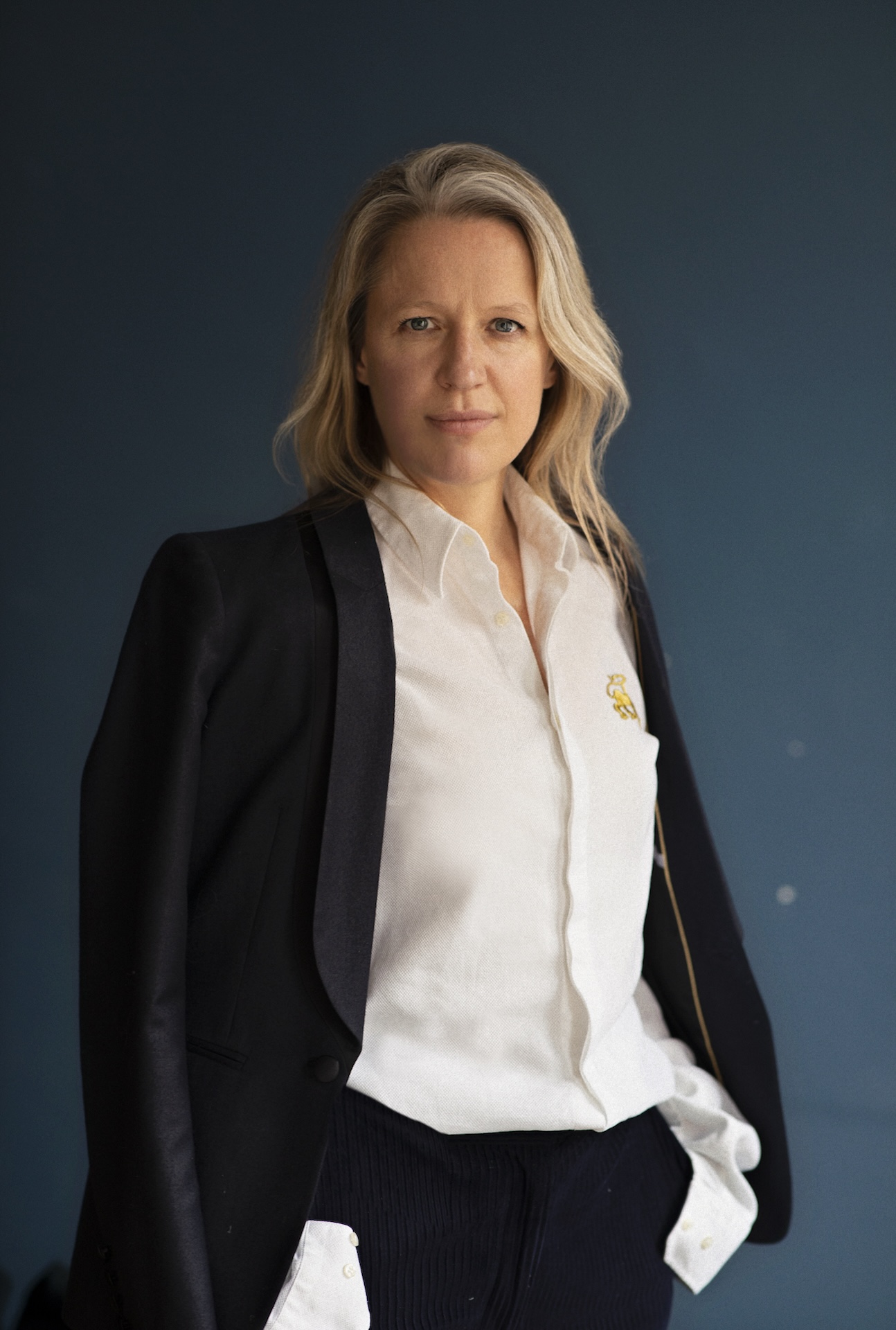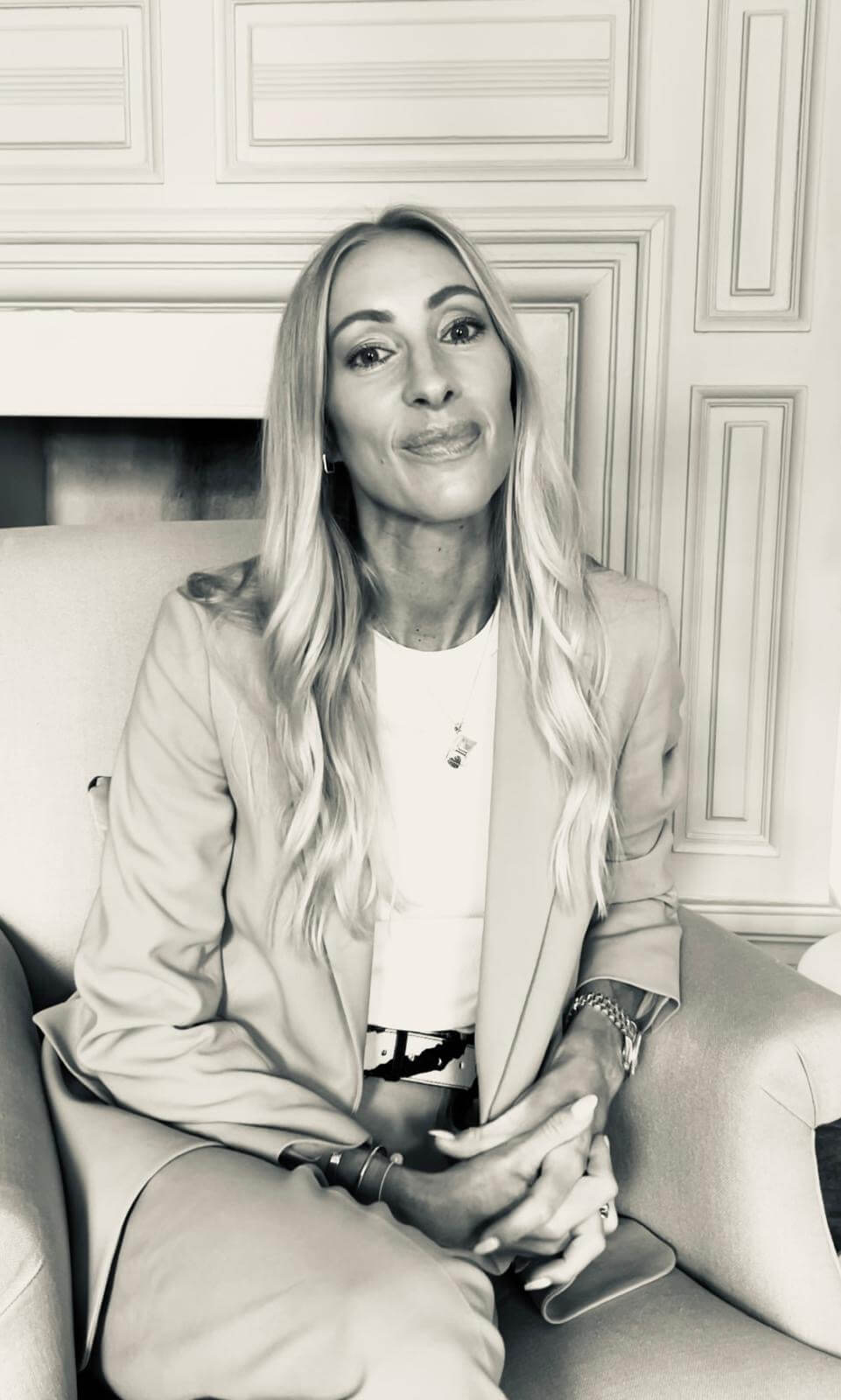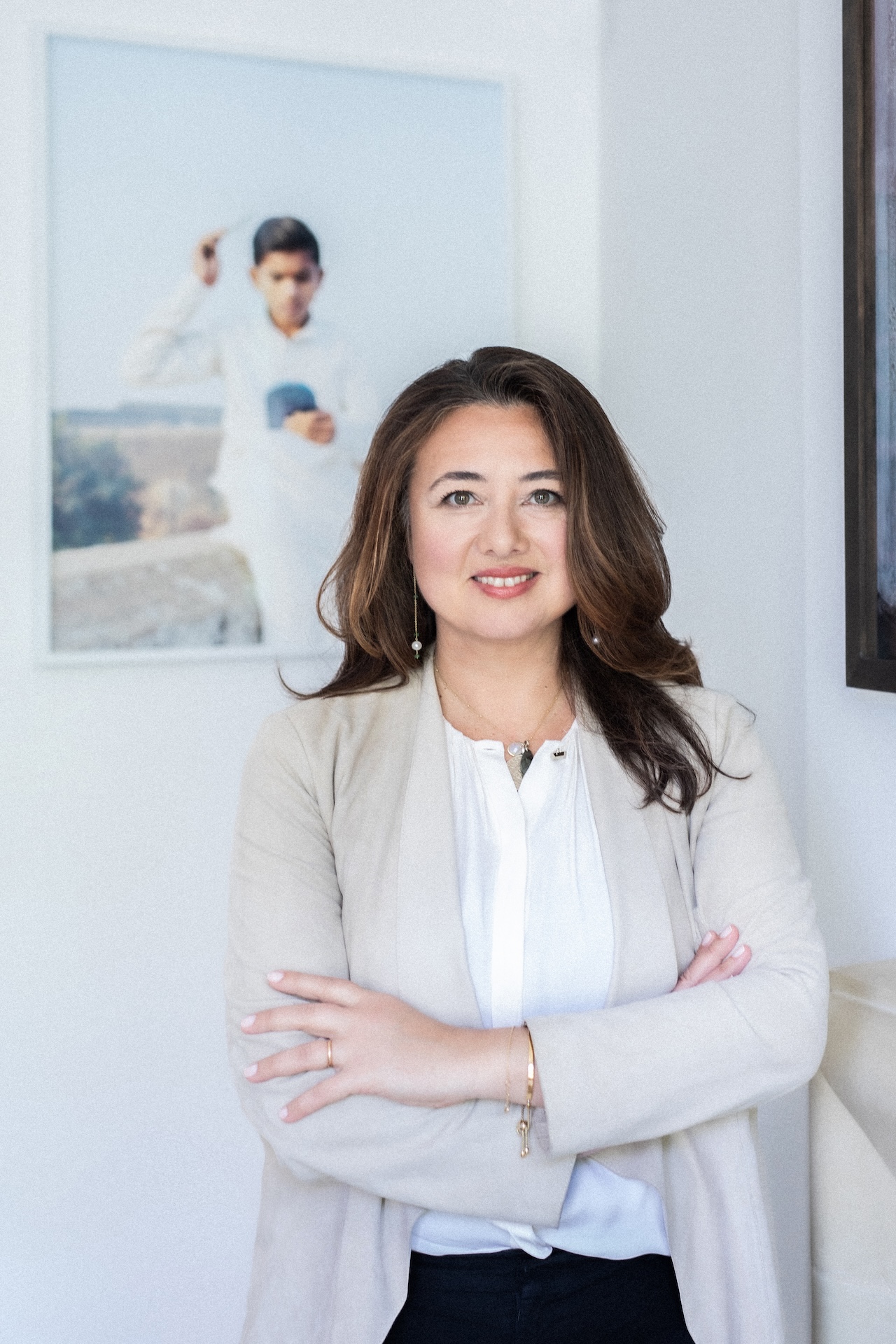

Interview: Curator and Seen Founder Carrie Scott
THE WICK: You’ve worn many hats in the art world. What drives you to work in culture?
Carrie Scott: Art matters. It’s not just about aesthetics – it’s about survival and understanding. And I believe our creative health is essential, yet under threat. We’re moving at a speed socially and technologically that stands to disconnect us from each other – and from ourselves. Creativity brings us back. It teaches empathy, resilience, imagination. But the art world? It’s still too intimidating, opaque, and elitist. That’s why I built Seen. We’re here to open the gates – bringing clarity, access, and inspiration to anyone interested in art, from corporate teams to high school students.
TW: The art world ecosystem is complex. Which part excites you the most?
CS: The artist. Always. That’s why Seen is built around their stories and their voices. They are the ones making meaning. Everyone else – myself included – is here to support that process and make sure it’s understood, protected, and shared.
TW: Why are curators so important and relevant in an ever-changing art world?
CS: “Curator” used to mean someone who safeguarded a collection – an archivist of ideas, objects, and histories. Now it’s a word slapped on everything – from playlists to packets of crisps. But in the art world, real curation is hard-earned. It’s research-driven, care-based, and deeply collaborative. I trained for years before I called myself a curator -internships, assistant roles, installations at 3am, press releases, partnerships, crate-building – you name it. Curators do the unseen labor that helps meaning take shape. We’re not just selecting objects; we’re building bridges between artists and audiences, history and now. In a moment of global upheaval, that role is more relevant than ever.
CS: Which interview on Seen has surprised you most, and why?
CS: My conversation with Lubaina Himid caught me off guard emotionally. I nearly cried. She was articulating a feeling I’ve carried my whole life but had never quite named – the sense of being both insider and outsider. I was raised by British parents in America, and I came back to the UK every year to see my dad and extended family. I was always slightly foreign. Lubaina made that feeling visible – and powerful. And she made me realise that the work I am always drawn to always captures that feeling. That’s what great artists do.
“We’re moving at a speed socially and technologically that stands to disconnect us from each other – and from ourselves. Creativity brings us back. It teaches empathy, resilience, imagination.”
